In ‘Hitler’s American Friends,’ historian Bradley W. Hart reveals the extent to which US citizens aided, abetted, and otherwise supported Nazi Germany
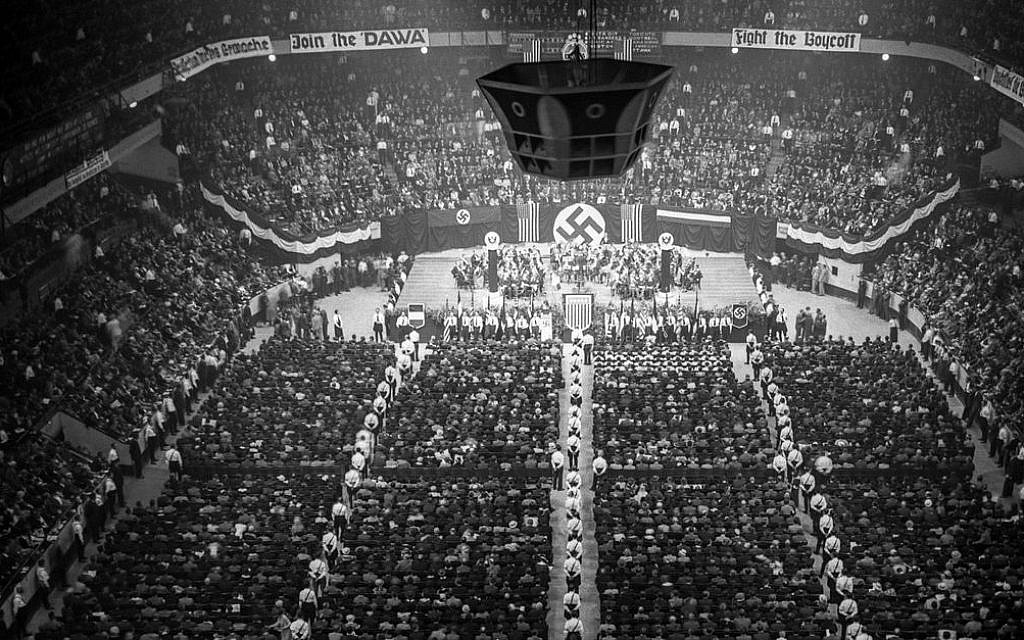
Not only was president Franklin Roosevelt a war monger and closeted Jew, his real name was Rosenfeld. The war in Poland and Russia was entirely the fault of England, and the American press was bent on bringing the country into war against peaceful Germany. These allegations, according to a new book titled “Hitler’s American Friends,” were some of the key German propaganda messages spread by Nazi spies in the US during the late 1930s and into World War II.
Written by Bradley W. Hart and published in October, the book details Hitler’s “classic disinformation campaign” against the US, along with incidents of “outright espionage.”
“Hitler’s American Friends” is divided into chapters named after the Religious Right, the Businessmen, the Bund, and other groups from which the Nazis drew support. While some of the Nazi supporters are well remembered — such as Father Charles Coughlin and his anti-Jewish radio tirades — the affinity of many “ordinary” Americans for Hitler’s New Germany was largely forgotten after the war, according to Hart.
Hitler was aware of support for National Socialism in the US, and this was the basis for his campaign. An alliance with America was unlikely, but German agents could — at the very least — work to confuse the American public about their government, the press, and other democratic institutions. Throughout the 1930s, Nazi spies operated on Capitol Hill, from church pulpits, and in front of massive crowds at rallies.
In 1937, Congress was compelled to enact the Foreign Agents Registration Act because so many Nazi spies had been caught seeking “to subvert the American democratic system,” wrote Hart. The foresight of the act’s authors helped ensure the American public wasn’t fed pro-Nazi “fake news” during the first two years of Germany’s “war of annihilation” in Europe, before Hitler declared war on the US after Pearl Harbor.
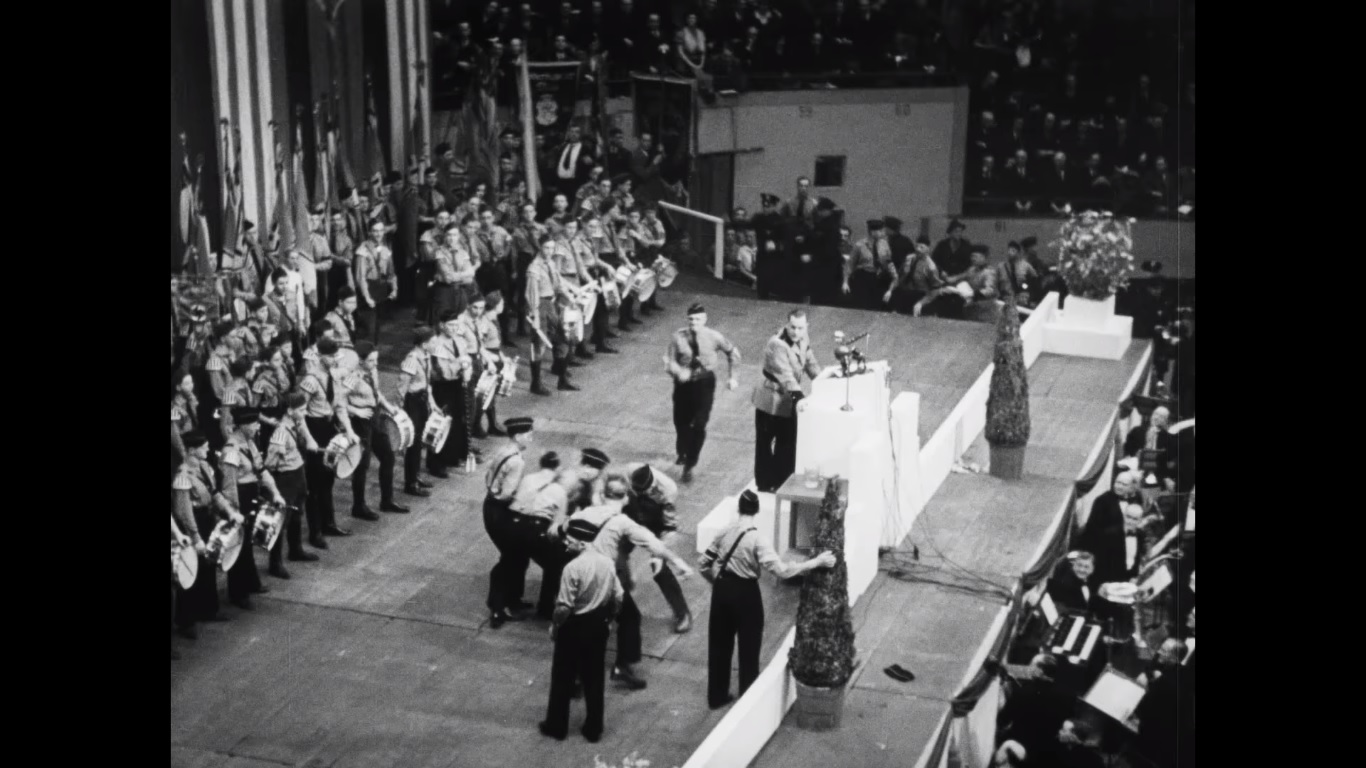
“The American political system survived a series of major existential threats at a moment when the fate of the free world hung in the balance,” wrote Hart, a professor at California State University. With what he describes as “courageous” stands taken by American leaders, “Hitler’s friends never stood much of a chance,” he wrote.
‘Seemingly normal Americans’
“Hitler’s American Friends” opens with celebrity pilot Charles Lindbergh delivering an anti-Jewish speech in September of 1941. Blaming Germany’s Jews for Europe’s latest war, Lindbergh also found fault with his fellow American citizens of Jewish origin.
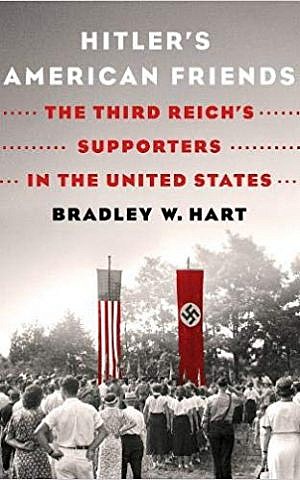
“Instead of agitating for war, the Jewish groups in this country should be opposing it in every possible way for they will be among the first to feel its consequences,” said Lindbergh. The Jews’ “greatest danger to this country lies in their large ownership and influence in our motion pictures, our press, our radio and our government.”
According to Hart’s book, Lindbergh was “the man who had come [closest] to uniting the American far right” in forming an alliance with Nazi Germany. As such, the pilot’s speech made headlines around the nation.
However, most of Hitler’s American allies were found among the masses. A leading pro-Nazi fascist movement in the US, the Silver Legion, boasted 15,000 members, modeling itself on Mussolini’s Brown Shirts in Italy. In sum, a hundred men and women were eventually convicted of spying for the Nazis, and six “saboteurs” were executed.
Among the American public at large, a 1941 Fortune magazine poll revealed that 13 million Americans would not mind deporting Jews from the country — under humane conditions, of course. Few Americans, however, supported the murder of all Jewish men, women, and children, which US newspapers confirmed was taking place in Europe by the end of 1941.
More mainstream than the Silver Legion was the German American Bund, a network of 25,000 pro-Nazi activists. The Bund established training camps and strongholds throughout the country, and its leaders insisted that Roosevelt was Jewish. The group pioneered the merging of Nazi German symbols with American ones, including portraits of George Washington.
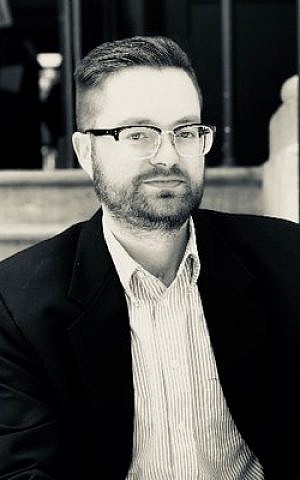
Although Congress and public opinion saw to the dismantlement of most pro-Nazi organizations, it should not be assumed that support for Nazism itself was dismantled, said Hart.
“One of the more disturbing things I realized writing this book was that the people who were members of anti-Semitic groups like the German American Bund or the Silver Legion didn’t just disappear in 1945,” Hart told The Times of Israel.
“Most of them probably lived for decades as seemingly normal Americans, but we don’t really know much about what they taught their children or talked about at home in those later years,” he said.
Flirting with Nazism?
When Hart began work on “Hitler’s American Friends” in 2014, some people he told about the project said it sounded obscure and unlikely to succeed as a book. Current events, however, had something else to say.
“Once [President Donald] Trump emerged and the far right started coming out of the woodwork again, the connections to contemporary politics became much more obvious,” said Hart in an interview with The Times of Israel.
Hart noted that Trump has deployed tactics that echo back to the pro-Nazi “America First” movement. A modern iteration of the Roosevelt/Rosenfeld rumor was the co-called “birther” campaign against president Barack Obama, a movement that was ignited by then-citizen Trump.
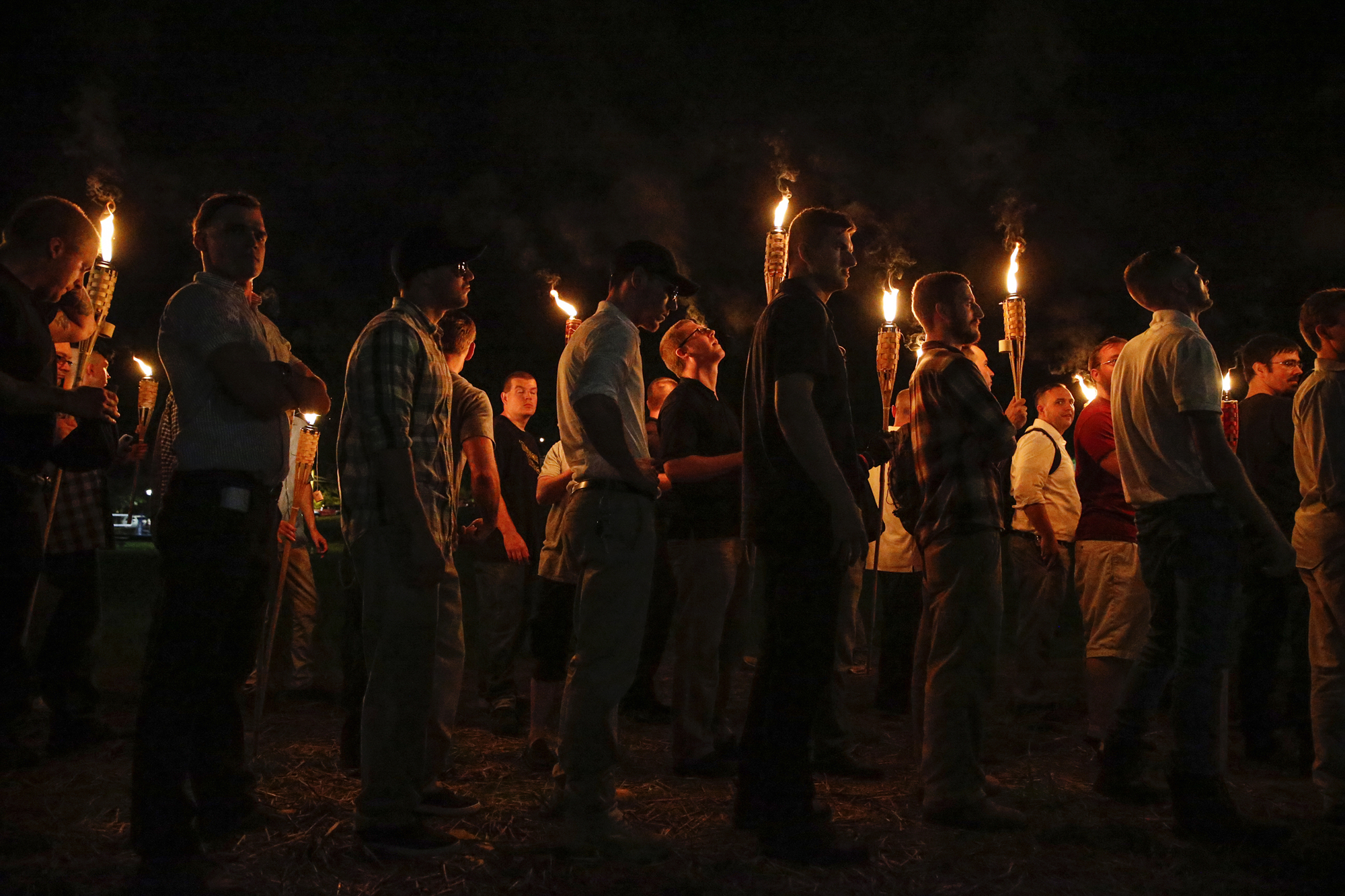
For Hart, last year’s “Unite the Right” gathering in Charlottesville, Virginia, was eerily reminiscent of the country’s repressed, pro-Nazi past. The torches, the marching, and the blending of white supremacist symbols with American imagery were pioneered eight decades ago, before most Americans understood the threat Hitler posed.
“It was really a strange experience to be researching these groups and individuals from the 1930s when suddenly there were people in contemporary America using terms like ‘America First’ and flags with swastikas being carried in the streets of Charlottesville,” said Hart.
During the 1930s, supporters of Nazism did anything but stay in the closet. There were marches on Main Streets around the country and frequent incitement against Jews, blacks, and other minorities. Today, much of this organizing still takes place, but on different platforms, said Hart.
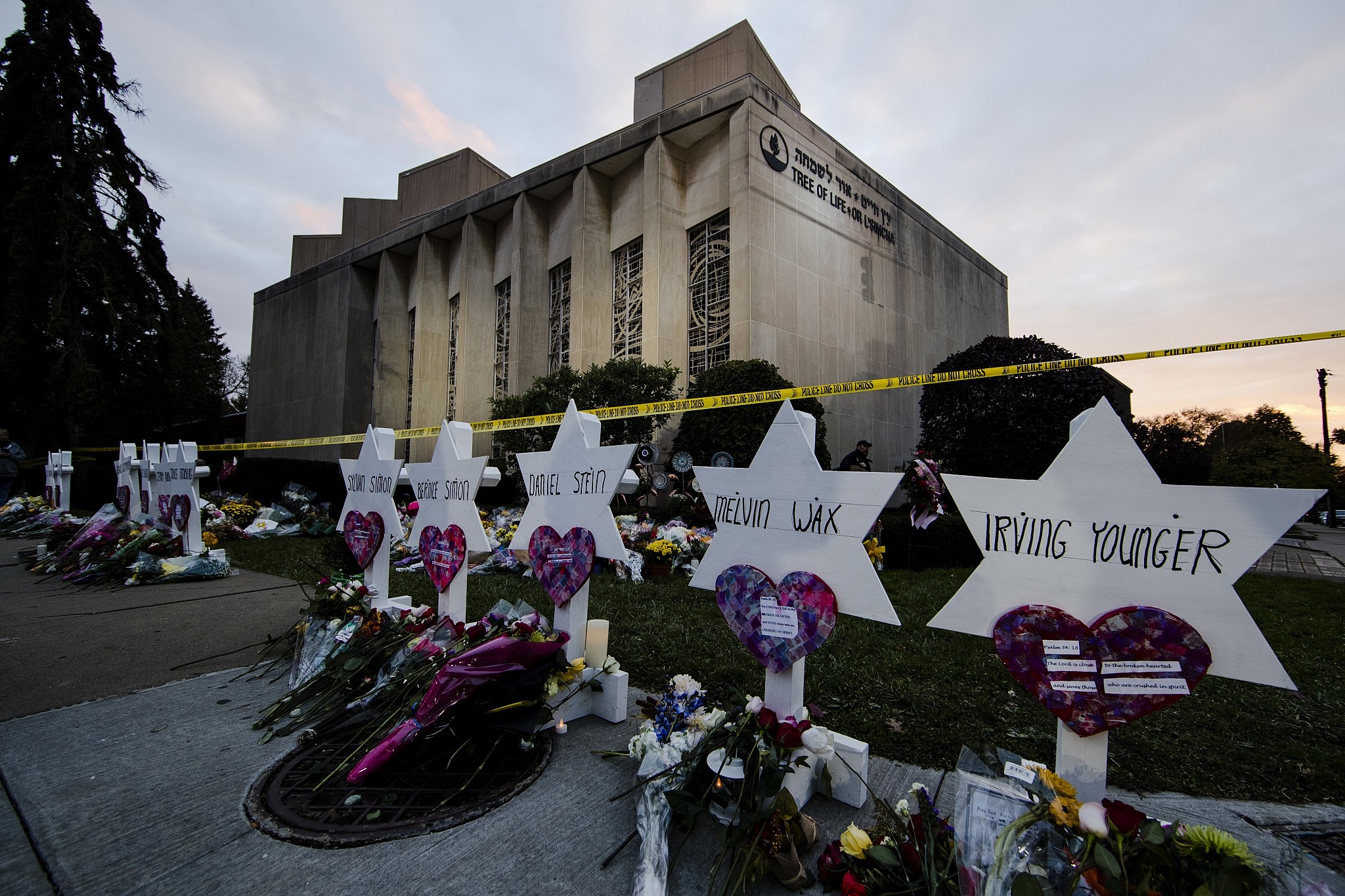
“The internet has sadly created an environment where radicalism can flourish without much oversight and few social or professional consequences for those who are spreading hate anonymously,” said Hart. “We only need to look at Robert Bowers, the Pittsburgh synagogue gunman, to see an example of a person who self-radicalized on the darker corners of the web and turned that into real-world violence.”
According to Hart, some contemporary politicians — including Trump — are reluctant to denounce hate speech with vigor or consistency. Part of their motivation for failing to do so, said Hart, is that “they see an electoral advantage in keeping these extremists politically engaged and on their side,” he said.
“I certainly do not think American conservatives are deliberately flirting with Nazism, but I do think it’s important that both parties actively consider the supporters they are attracting and cultivating, and what that means for their respective parties’ futures,” said Hart.
As reported by The Times of Israel
